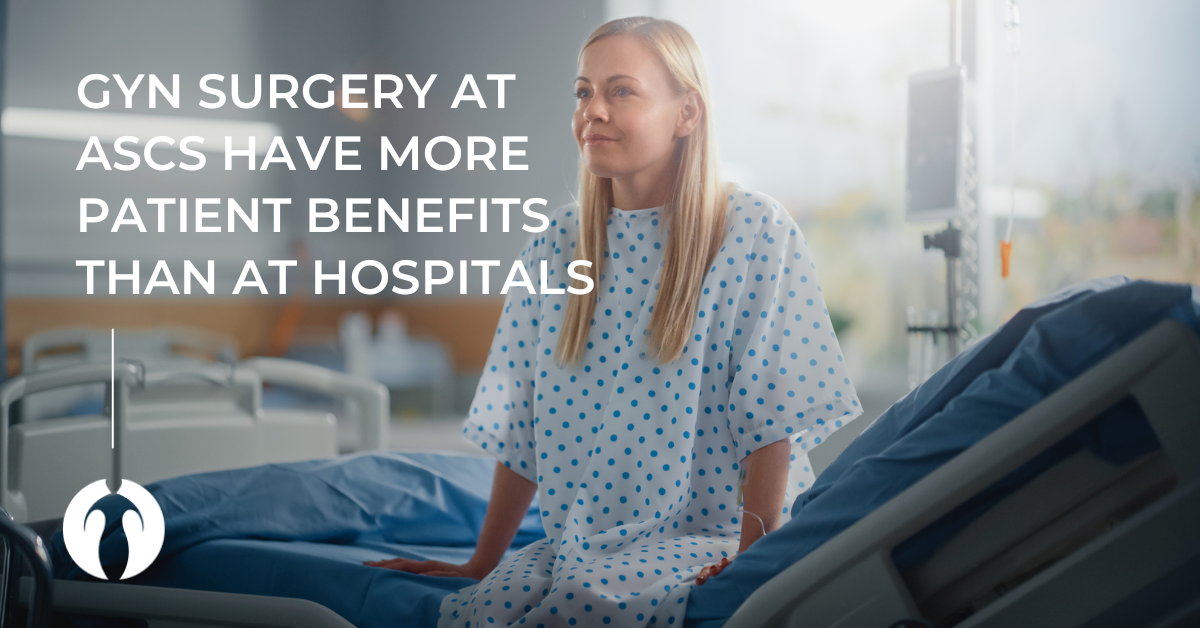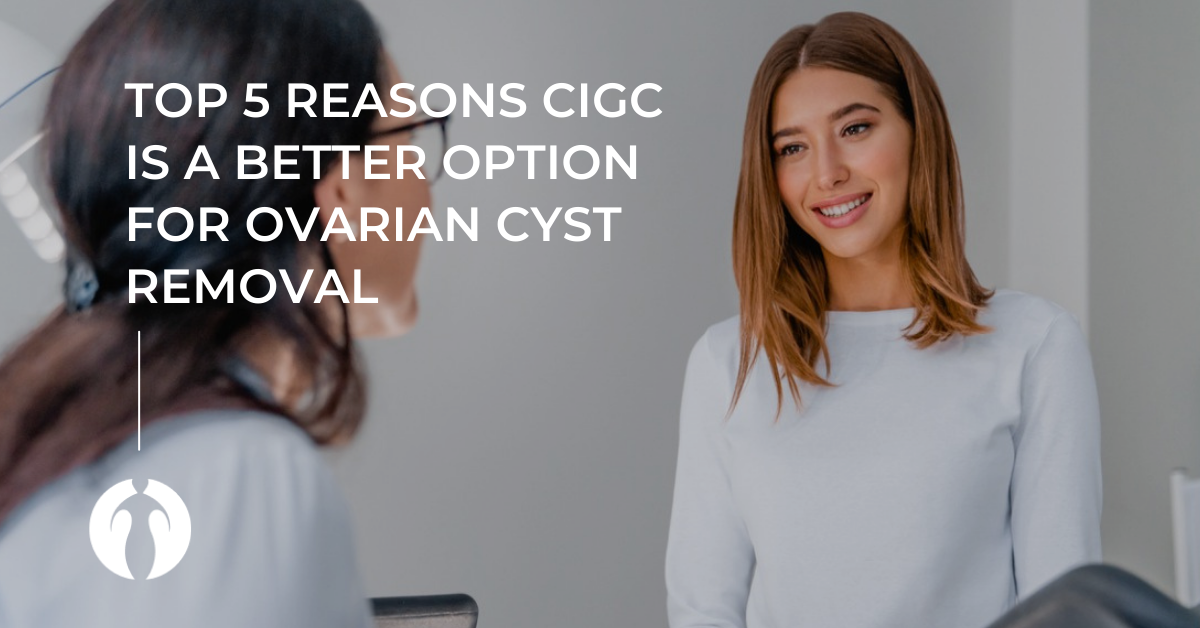- September 8, 2016
An In-Depth Look At Fibroid Symptoms & Procedures

Everything You Need To Know About Fibroids & Treatment
Fibroids continue to grow unless they are removed, and they can grow very large. Complex conditions like large fibroids require a specialist with expert training for the most effective results. Fellowship trained GYN specialists perform advanced techniques for minimally invasive large fibroid removal. These procedures, if performed by an experienced surgeon, have faster recoveries resulting in less pain. Choose the best minimally invasive GYN specialist for your care.
Pelvic Pain and Bloating
Despite a common belief that period pain is normal and should just be accepted as part of each woman’s monthly cycle, the opposite is true. When women experience pelvic pain (or back or leg pain) that coincides with a menstrual cycle, it can be an indication of a gynecological condition like fibroids. Other conditions that can cause pain are endometriosis, adenomyosis and pelvic adhesions.
After being diagnosed with fibroids, a common and now out-of-date recommendation by many in the medical industry is to watch and wait. Fibroids can grow very large, very fast, and distort the uterus. Large fibroids are harder to remove laparoscopically. This means many women resort to invasive open procedures, with no guarantee that the uterus will be salvageable.
Read Full Article: Fast Facts About Pelvic Pain
Blood Loss and the Dangers of Anemia
Blood loss is the most common cause of anemia. Anemia can lead to potentially life-threatening complications such as congestive heart failure, angina, arrhythmia, and/or heart attack.
In addition to the loss of red blood cells from the body, which your bone marrow must replace, loss of iron that is contained in these cells will ultimately lead to iron deficiency once tissue stores have been depleted. Iron deficiency associated with chronic bleeding leads to a reduced bone marrow response, worsening the degree of anemia. When there isn’t enough iron in the blood stream, the rest of the body can’t get the amount of oxygen it needs.
Read Full Article: Learn the Dangers of Anemia Due to Fibroids
Fibroids Create Barriers to Motherhood
Fibroids have been responsible for infertility, miscarriage, and forced emergency Cesarean deliveries. The heavy bleeding and severe pelvic pain that can occur with fibroids is debilitating. But the relationship between fibroids and fertility is still misunderstood. In a study conducted in the United Kingdom of women who suffered recurrent miscarriages (3 or more), those who had fibroids, and had them removed reduced their miscarriage rate to 0%. While the study was small, and much more research is needed with a larger group of participants, the findings sparked a larger conversation.
Read Full Article: Barrier to Motherhood: Raising Awareness of the Fibroids Crisis
Read Full Article: A Threat to Fertility: The Quiet Symptom of Fibroids
The Impact of Fibroids on Bladder, Kidneys, and Circulation
“Fibroids can disrupt the delicate balance of the important structures in the pelvis,” said Dr. Natalya Danilyants, MD. “These structures help the body to function, creating an important transport system. The ureter leads from the kidney to the bladder to remove urine from the body. The veins keep blood circulating. It is important for women who have large fibroids to talk to a specialist about the safest way to remove them based on future plans for fertility.”
These problems are more likely with large fibroids, but can be caused by smaller fibroids depending on their location. Women diagnosed with these problems need to have the fibroids removed.
Read Full Article: Kidney Damage and Other Lesser Known Risks of Fibroids
Related Article: Questions To Ask Your Doctor: Fibroid Removal Surgery
FIBROID REMOVAL: MYOMECTOMY VS HYSTERECTOMY
A hysterectomy is the definitive cure for fibroids, but for many women, that option is a last resort. A myomectomy if performed by a specialist can make it possible for women who are able to bear children and who have a desire for future fertility to retain her uterus. At CIGC, both surgeries are performed as minimally invasive procedures using advanced CIGC techniques.
DualPortGYN and LAAM techniques were developed by the CIGC specialists Dr. Paul MacKoul, MD and Dr. Natalya Danilyants, MD
DualPortGYN hysterectomy procedures are performed in an outpatient setting, so women can return home the same day. Incisions are tiny, and placed in cosmetically appealing locations. One 5 mm incision is placed at the belly button, and another 5 mm incision is placed at the bikini line, so they are practically invisible after they heal. A DualPortGYN hysterectomy has a fast recovery, with most patients are back to their lives in 7 days.
LAAM is a laparoscopic fibroid removal technique. It is a hybrid procedure that takes the best parts of laparoscopic and open procedures to remove even large fibroids using small incisions, without the use of a power morcellator. A 5 mm incision at the belly button and a 1.5 inch incision at the bikini line allows for thorough removal of all fibroids and reconstruction of the uterus for future childbearing. Patients are generally back to themselves in 10-14 days.
BOOK A CONSULTATION
CIGC is dedicated to providing information and materials for women to help navigate the complicated healthcare system. The CIGC founders, minimally invasive GYN surgical specialists Dr. Paul MacKoul, MD and Dr. Natalya Danilyants, MD, developed their advanced GYN surgical techniques using only two small incisions with patients’ well-being in mind.
Their personalized approach to care helps patients understand their condition and the recommended treatment so that they can have confidence from the very start. Our surgeons have performed over 20,000 GYN procedures and are constantly finding better ways to improve outcomes for patients.
Book a consultation today with Paul MacKoul MD or Natalya Danilyants MD.
Dr. Paul MacKoul Reviews: Vitals | RateMDs | Google | Wellness
Dr. Natalya Danilyants Reviews: Vitals | RateMDs | Google | Wellness
- Read the full article:
- Posted in: GYN Surgery, Fibroids, Infertility







